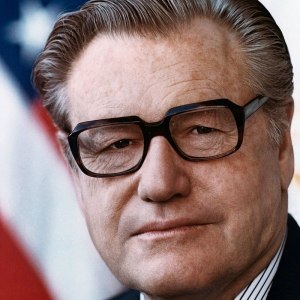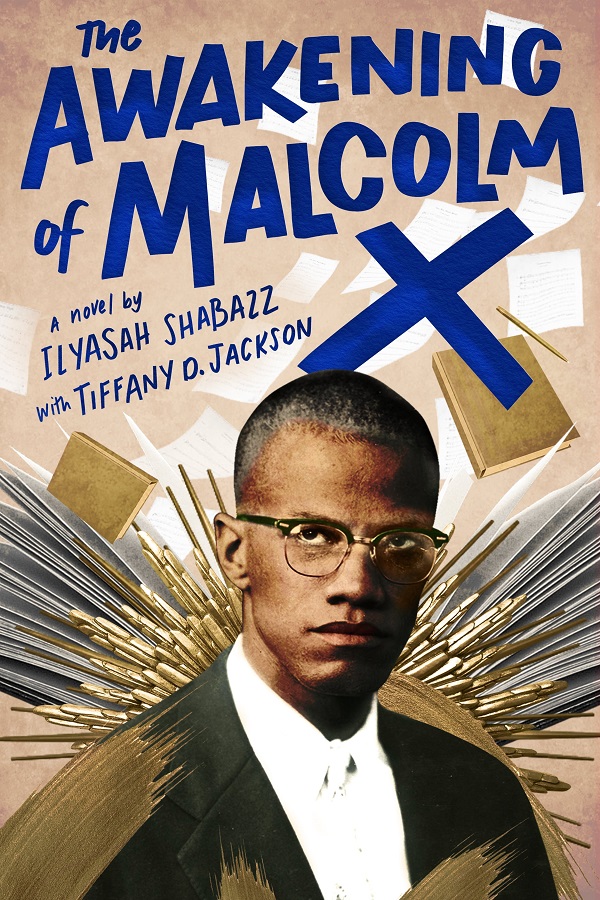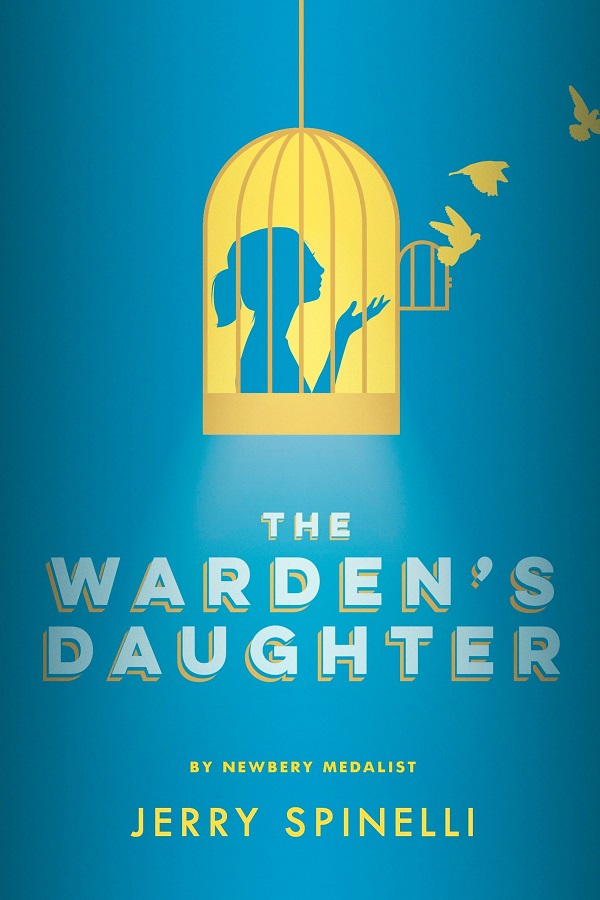
Cover Story: Well Done
Drinking Buddy: Prison Pruno
MPAA Rating: NC-17 (graphic depictions of torture and murder, drug use, non-sexual nudity)
Talky Talk: Wow
Bonus Factor: Prisons
Anti-Bonus Factor: Governor Nelson Rockefeller
Bromance Status: Never Forget
Content warning: Depictions of torture, execution-style murders, nudity.
Cover Story: Well Done
Big Black’s portrait is one of quiet dignity and repressed, frustrated anger. It reflects the sepia-toned art of the book. Just glancing at this, you might not realize this is more than just one man’s story, or even that it’s nonfiction.
The Deal:
In 1965, Frank “Big Black” Smith was sentenced to ten to fifteen years in Attica prison for armed robbery (actually, a violent debt collection gone wrong). In prison, he developed his skills as a football coach, putting together an inmate team. But conditions in Attica were horrible: lack of sanitation, education, and religious freedom; absolute unchecked racism by the prison staff; censorship of reading materials and correspondence; and lack of legal rights.
In 1971 this all boiled over when the inmates rebelled, taking over most of the prison and holding dozens of guards and employees hostage. They demanded to speak with Governor Nelson Rockefeller, insisting they would only release the hostages when their demands for better conditions and a promise of amnesty were met.
How did it turn out? Well…how do most slave rebellions work out?
Drinking Buddy: Prison Pruno

Big Black’s story is typical for the time. We see him growing up the son of a poor mother in South Carolina in the 1930s, as well as giving an interview in 1997 as an older man, still suffering mentally and physically from the aftermath of the riot. Sent into the penal system at a young age, he soon found how little society cares about a Black man with a criminal record. And how other inmates might just look to him as a leader.
MPAA Rating: NC-17 (graphic depictions of torture and murder, drug use, non-sexual nudity)
This is another book that could get you in trouble with its portrayals of the male figure. In the aftermath of the riot, a rumor started that the inmates had castrated a guard. And the guards were going to pay Big Black back in kind…
Talky Talk: Wow
The prison riot, which was not the only one that occurred during that era, was the largest of its kind and yet often goes unremembered in history. For four days, the inmates controlled most of the prison, including the yard, and held several dozen guards hostage. Big Black, with his coaching leadership, found himself the de facto leader of the rebels. With the military unable to strike without harming the hostages, they temporarily held the upper hand. So…what now?
They demanded the authorities listen to their call for prison reform, and for a guarantee of amnesty. When talks broke down, they insisted on meeting with New York Governor Nelson Rockefeller. Of course, all the prisoners knew this was a doomed endeavor and that many, if not all of them, would not get out alive. A lot of the inmates wanted to take their frustration out on the captive guards, with only Big Black’s intervention preventing that.
And on the outside, public opinion clashed. Why didn’t they just bomb all those prisoners? But what of the hostages? Why wasn’t anyone listening to the rioters’ demands? Why should they listen to animals like that? With the media, politicians, and Black leaders voicing their opinions, things began to deteriorate.
Bonus Factor: Prisons

Prison can be an unbelievably violent and hopeless place, and 1970s Attica was no exception. Little sanitation, entertainment, or hope for betterment. One roll of toilet paper and one bar of soap a month, one shower a week. Overtly racist guards and prison authorities (letters to inmates in Spanish were routinely thrown out). As my father says, ‘Any dog will bite if you corner it.’
Anti-Bonus Factor: Governor Nelson Rockefeller

Grandson of John Rockefeller, Governor of the State of New York, and future vice president, Rockefeller had his sights set on the White House. And one doesn’t get the party nomination by negotiating with a bunch of criminals and thugs.
After four days, Rockefeller sent in the military, with helicopters, guns, and gas. When the dust cleared, 43 people were dead, including 11 hostages. Reprisals from the guards were quick and brutal. Inmates’ possessions, including glasses and medical devices, were bulldozed. Rioters were beaten without restraint. Big Black was strapped to a bed, burned with cigarettes, kicked in the groin, and told that if the football they balanced on his neck fell, they’d shoot him.
Rumors abounded. Even though it was the military who killed the hostages, the public was told they had their throats slit by the rioters, and that some had been tortured and even castrated. No one cared what became of the prisoners whom the public considered monsters.
But the riots led to investigations into prison conditions. While Rockefeller became vice president under Ford, he never achieved his dreams of the presidency, and many cite his handling of the riots as a reason. Big Black made parole a few years later, and though he suffered from PTSD the rest of his life, he never returned to prison.
Bromance Status: Never Forget
As with all of the 1970s, the riots have almost been forgotten. But it was a watershed moment in prisoners’ rights, and it was thrilling to read this take on it.
Literary Matchmaking

The Awakening of Malcolm X by Ilyasah Shabazz and Tiffany D. Jackson is also about an angry young Black man in prison.

Stacy Horn’s Damnation Island also deals with a hellish prison and its forgotten inmates.

The Warden’s Daughter by Jerry Spinelli, is a less harsh and fictionalized look at prison life.
FCC Full Disclosure: I received neither money nor a pardon from the governor for writing this review.